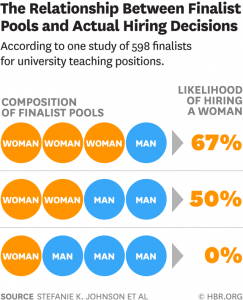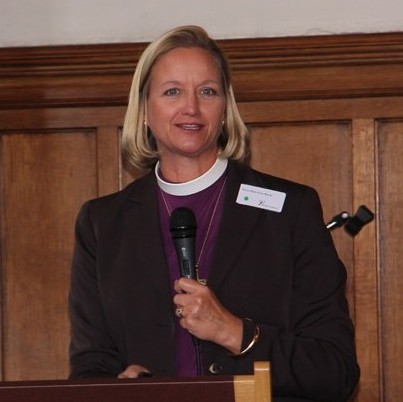It has been noted that there are fewer female bishops in the Episcopal Church than there were ten years ago and that despite increasing numbers of female priests, women are not holding a proportionate number of leadership roles in the church. Last October we published a piece by Bishop Mary Gray-Reeves (El Camino Real) that pointed out some of these challenges.
“For many years now the General Convention has resolved again and again to become more inclusive and diverse. More racial diversity. More gender diversity. More socio-economic diversity. We have named this value and identity for years; we have rejoiced and said it is good. But we have not achieved the vision. We The Episcopal Church as a whole are still very white, educated beyond the average American, and enjoying more financial and employment stability than most in our country. Our clergy leadership remains predominately white and male, especially at the executive level of our institutional life. We are burdened with a stubborn income disparity between male and female clergy. (See 2014 Compensation Report https://www.cpg.org/global/research/reports-statistics/)”
Now a new study from Harvard Business Review has come out suggesting that the status quo bias works against female and minority candidates in systems dominated by white males (like the executive leadershi p of TEC).
p of TEC).
In the study, the researchers write”
“Why does being the only woman in a pool of finalists matter? For one thing, it highlights how different she is from the norm. And deviating from the norm can be risky for decision makers, as people tend to ostracize people who are different from the group. For women and minorities, having your differences made salient can also lead to inferences of incompetence.
Managers need to know that working to get one woman or minority considered for a position might be futile, because the odds are likely slim if they are the lone woman or nonwhite candidate. But if managers can change the status quo of the finalist pool by including two women, then the women have a fighting chance.”
These findings should suggest that if the Episcopal Church really wants a diverse leadership, then we will need to consciously and explicitly change our search processes to make that so.

